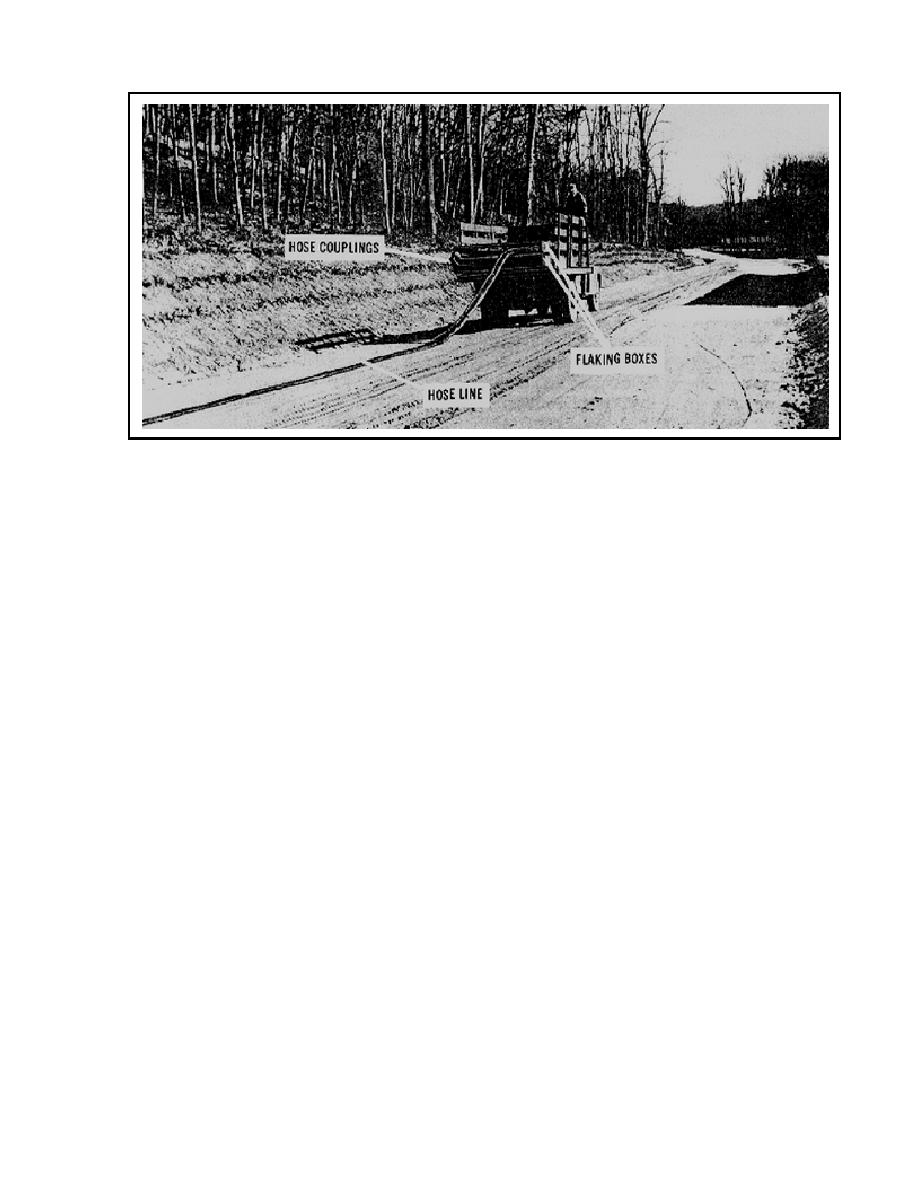
Figure 4-1, Laying the assault hoseline on a road.
Crossing Streams. There are several ways you can lay the hoseline across a stream or water course.
If there is a bridge, suspend the hoseline on improvised brackets outside the bridge railing. If there is no
bridge, you may lay the hoseline directly in the streambed if it is narrow and not apt to flood. Use the
hoseline suspension kit to cross a wide stream. Fabric saddles, with eyes for easy wire attachment, come
with the kit.
Crossing Gaps. You should also use the hoseline suspension kit to span small gaps with steep sides.
For a wide crossing, build a suspension bridge with a flat deck or floor to hold the hose. This eliminates the
sags that occur when the suspension kit is used.
Crossing Roads. To cross a highway or railroad, run the hoseline under a bridge or through a culvert, if
possible. You can pull the hoseline through the culvert with a rope or push it through with a piece of lumber
or a small-diameter pipe. If there is no bridge, install the roadway crossing guard to protect the hoseline.
Never bury unprotected hoseline in a railbed. When crossing a railbed, you can either install a piece of
heavy wall pipe in a shallow ditch under the rails or suspend the hose over the railbed at a suitable height.
As soon as possible, replace the hoseline at a railway crossing with welded pipeline because of the fire
hazards caused by trains.
Pumping Stations. Assault hoseline pumping stations have one 350-GPM pumping assembly. If you
are using only one hoseline outfit, place the pumping assembly at the beginning of the hoseline system.
Because this pump does not have a pressure-regulating device, you must monitor it at all times for changes
in hoseline pressure. You must set up pumping stations when you connect hoseline outfits together. There
is a formula you can use to locate pumping stations on level ground using motor gasoline in the hoseline. If
you use a product other than motor gasoline, the distance between pumping stations (given by this formula)
changes. For example, if you use a product heavier than motor gasoline, the pumping stations should be
closer together. if the product you use is lighter than motor gasoline, the pumping stations should be further
apart. The distance between pumping stations (given by this formula) also changes with the height of the
terrain. For example, if you place the hoseline on an uphill slope, the pumping stations should be closer
together. If you place the hoseline on a downhill slope, the pumping stations should be farther apart.
Hoseline Testing. Once you have set up the assault hoseline, fill it, pressurize it, and check the
hoseline for leaks. Start the pumps slowly and raise the fluid pressure in the system gradually in increments
of 50 PSI. Hold the pressure each time you raise it, and inspect the hoseline for leaks. Keep doing this up to
and including 150 PSI. Even though the design burst pressure of the hose is higher, your test should not
4-3
QM 5095


 Previous Page
Previous Page
